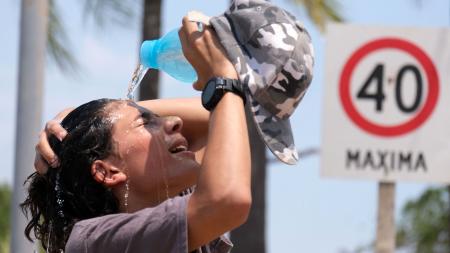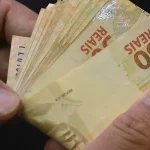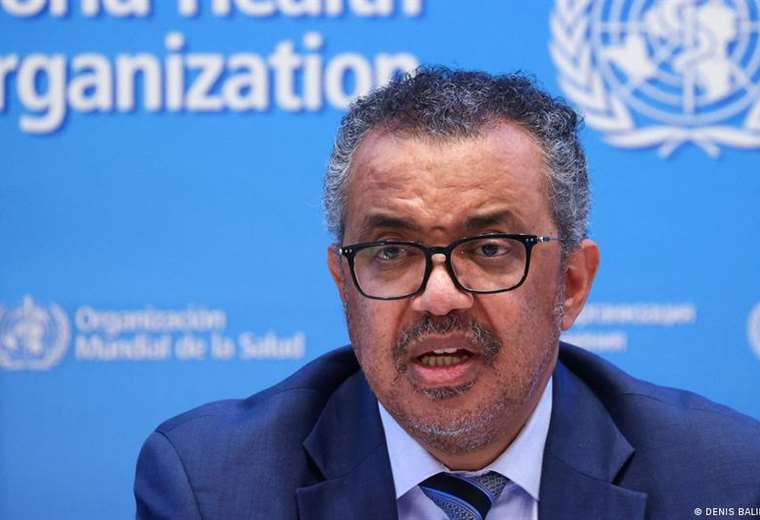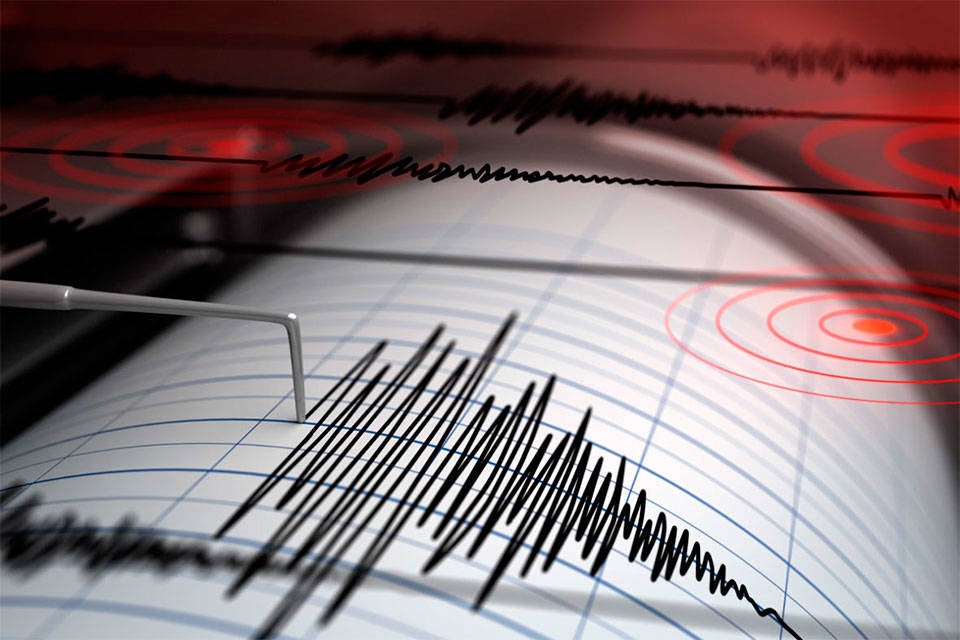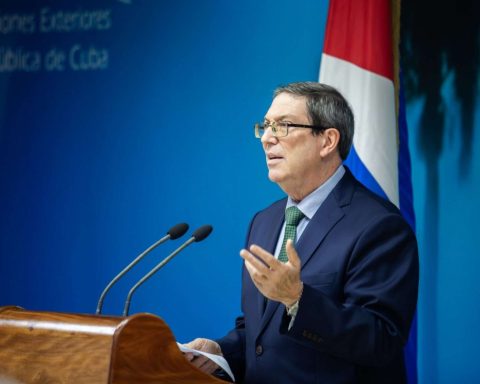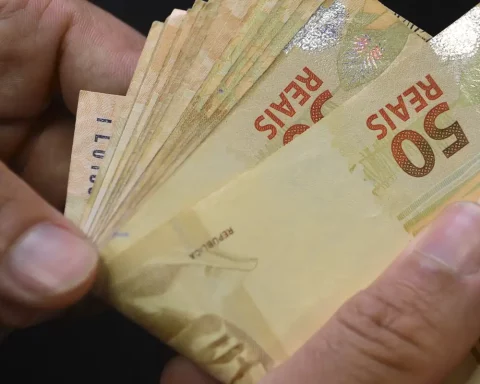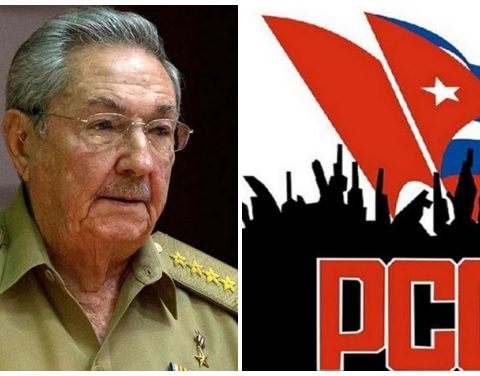The Federal Capital and part of the Buenos Aires territory continued on Friday afternoon under a red level alert for extreme temperatures, while several records for high temperatures were broken today in towns in the province of Buenos Aires, according to the National Meteorological Service (SMN). ).
In the City of Buenos Aires (CABA), which registered a temperature of 38° this Friday, the heat record of 37.9° registered on 3/7/52 was exceeded.
In addition, the SMN reported on its social networks that temperature records were reported in several Buenos Aires towns.
On July 9, the temperature reached 40°, surpassing the maximum of 39° on 3/6/52, and El Palomar registered 39.5°, above the 36° on 3/6/62.
#The end of| It will continue to be hot with maximum temperatures above 30 °C and 35 °C in several central/northern provinces of the country and northern Patagonia.
The DOM can register intense storms in part of the NOA and strong winds in Chubut and Santa Cruz. https://t.co/HR4LGtOd3P pic.twitter.com/ndNpofDDoE
— SMN Argentina (@SMN_Argentina) March 3, 2023
In Moreno, 39.2° were registered, exceeding the 35.5° of 3/13/2020; Ezeiza had 39.1°, above the 37.6° of 3/21/80; Morón recorded 38.9°, a mark higher than the 36.3° of 3/8/67; and La Plata registered 38.6°, almost two degrees more than the 36.3° of 3/6/62.
Temperature records were also broken in Junín with 38.5°, surpassing the 37.6° of 3/8/62; San Fernando with 38.3°, against the 34.7° of 3/4/01 and La Flores with 36.5°, surpassing the 35.6° of 3/2/20.
A March temperature record was also broken in the Santa Fe town of Venado Tuerto with 37°, above 35.6° on 3/2/20.

The city of Buenos Aires and part of the Buenos Aires territory continued under a red level alert due to extreme temperatures that can be “very dangerous” for health, reported the SMN.
According to the temperature ranking published by the agency at 5:00 p.m., in the city of Santa Rosa, in La Pampa, the temperature was the highest in the country with 39.2°; followed by the city of San Juan with 38°; the Buenos Aires town of Bahía Blanca with 37.8°; Laboulaye in Córdoba with 36.7°; city of La Rioja with 36.4° and Olavarría, in Buenos Aires, with 36.2°.
High temperatures were also recorded in Villa Reynolds, in San Luis, with 36.2°, as well as the Buenos Aires towns of Azul and Morón with 36° and 35.7°
Orange and yellow alerts are also in effect due to less intense temperatures for a large part of the central zone of the country and the Litoral region.
The red level is the maximum alert provided by the meteorological agency and indicates that temperatures have a “high to extreme effect on health” and can be “very dangerous and affect all people, even healthy ones.”so it is recommended to increase water consumption and not expose yourself to the sun excessively, especially in central hours (between 10 and 16).
The areas affected by the Red alert They are CABA, a large part of the Metropolitan Area and sectors of the center of the province of Buenos Aires, such as General Alvear, General Belgrano, Las Flores, Lobos and Saladillo, where maximum temperatures between 36 and 38 degrees were recorded.
In the southern zone of Greater Buenos Aires, the affected areas are Almirante Brown, Avellaneda, Berazategui, Florencia Varela, Lanús, Lomas de Zamora, Presidente Perón and Quilmes, where maximum temperatures of around 36 degrees are still forecast.
As the temperatures in these areas have been staying at high levels for more than three days and have exceeded the threshold values for this time, “we are entering a heat wave,” said SMN meteorologist Cindy Fernández.
Orange alert
The national organization issued its orange alert for sectors of the province of Buenos Aires such as La Plata, Berisso, Chivilcoy and Bragado, and also for the west of Entre Ríos, in the cities of Diamante, La Paz, Nogoyá, Paraná and Villaguay, with maximum temperatures that will oscillate between 31 and 38 degrees.
For the rest of the province of Buenos Aires; the center and south of Entre Ríos; most of Santa Fe, Córdoba and Mendoza; the southeast of Santiago del Estero; and the north and west of San Luis governs a yellow alert for temperatures that will exceed 35 degrees.
In the case of the orange level, the SMN noted a moderate to high effect on health, and indicated that the temperatures can be very dangerous, especially for risk groups; while in the yellow level the effect is mild to moderate and the most affected may be boys, girls, and people over 65 years of age, with chronic diseases.

SMN recommendations: drink water and avoid physical activity
For this reason, the meteorological agency recommended that the population of these areas stay hydrated, not expose themselves to high temperatures, avoid physical activity, and wear light and light-colored clothing.
also asked avoid caffeinated, alcoholic or highly sugary drinks, eat vegetables and fruits, avoid large meals and pay attention to babies, children and the elderly.
